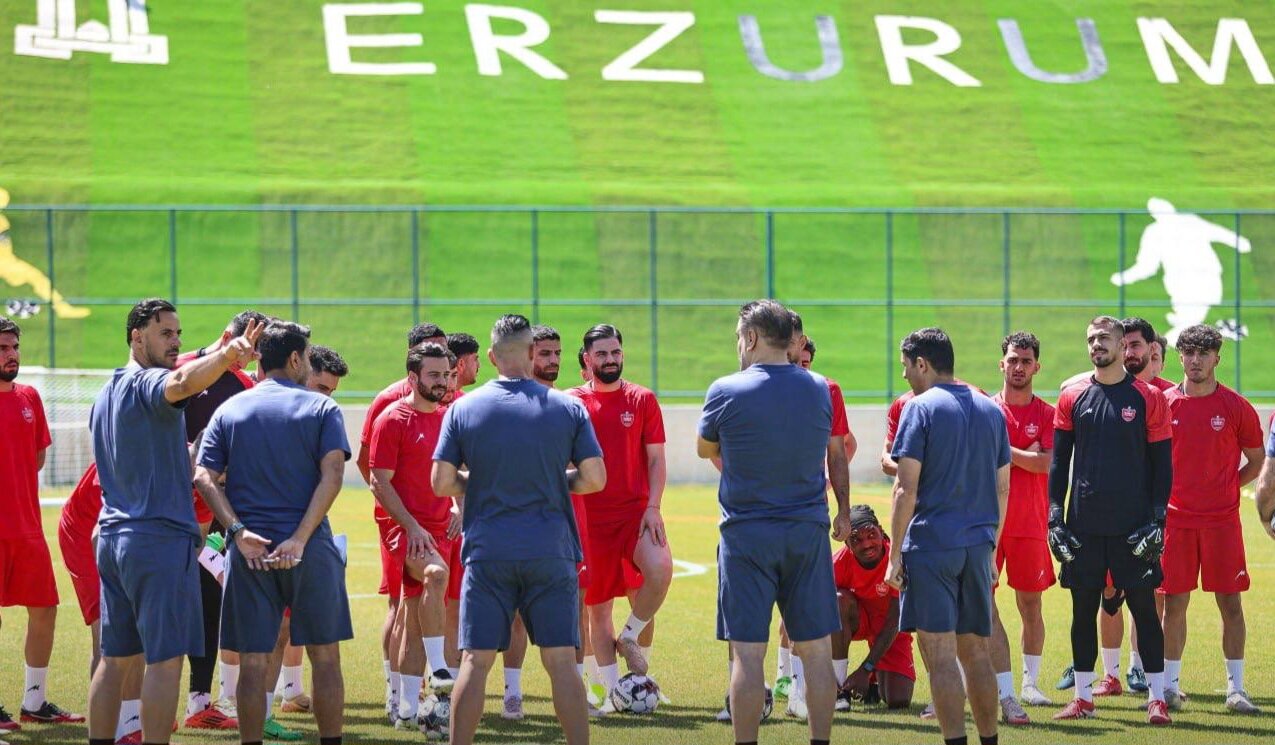The Missing Piece: Why Iran football still lacks world-class training camps

TEHRAN - As Iranian Persian League Pro League (PLPG) clubs gear up for the new season, a familiar trend continues to dominate pre-season preparations; foreign training camps.
With teams like Persepolis, Esteghlal, and Tractor currently stationed in Turkey, the question arises: why do Iranian clubs still rely so heavily on foreign facilities when the country itself offers vast climatic and geographic diversity?
Iran, a country that spans four distinct seasons, has all the environmental conditions necessary for year-round training. The cooler summer climates of cities like Ardabil, Tabriz, and Urmia could easily rival Turkey’s highland training conditions, while southern regions such as Kish Island, Chabahar, and Kerman offer winter warmth comparable to the likes of Qatar and the UAE.
Yet, despite this natural potential, there is a glaring gap in infrastructure. Most regions lack the standard, well-equipped training facilities that modern football demands. Outside a handful of options in Tehran and Kish, Iranian clubs have limited choices when it comes to local pre-season or mid-season camps. This lack of investment has pushed even modestly wealthy clubs to look abroad, often at great financial cost.
In the current economic situation, millions of dollars spent annually on overseas camps are difficult to handle for Iranian clubs. And yet, clubs, many of which are state-funded, continue to prioritize foreign camps under the justification of better facilities and more professional environments.
The lack of investment in local training facilities shows a short-term approach to sports management. Although clubs and officials often mention budget limitations, the football industry in Iran handles substantial financial resources. Allocating even a small portion of these funds to build quality national training centers could bring lasting benefits, help keep money within the country, and make Iran an attractive training destination for foreign teams.
Strategic investment in training infrastructure is no longer optional — it’s essential. Beyond cost savings, it offers a platform for self-reliance, domestic growth, and even cross-border collaboration. If Iran builds it, others may come.
Until such a shift occurs, however, Iranian clubs will likely continue to pack their bags for Turkey in the summer and the Persian Gulf in the winter — not because they must, but because we have yet to give them a reason to stay.
Leave a Comment